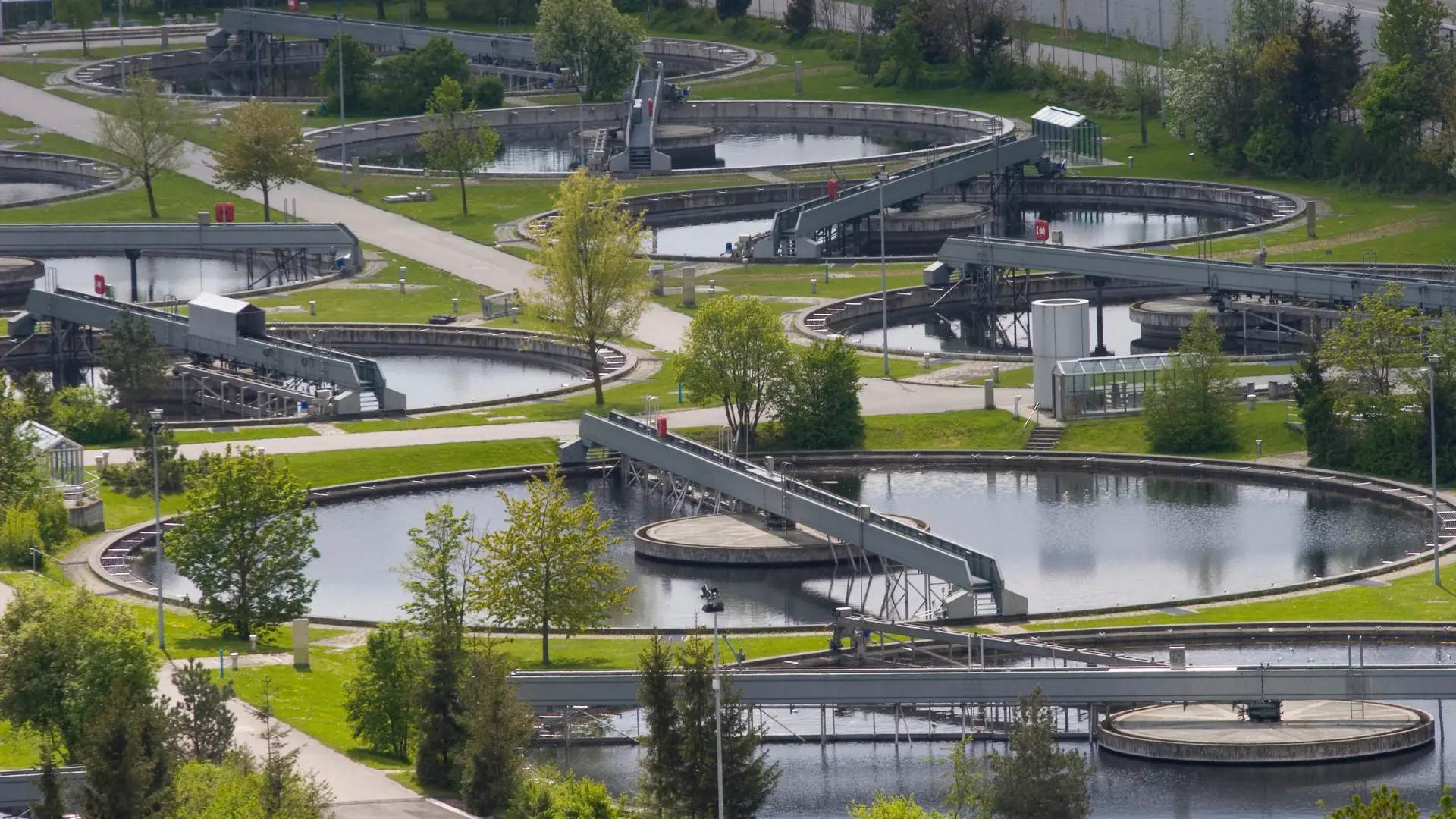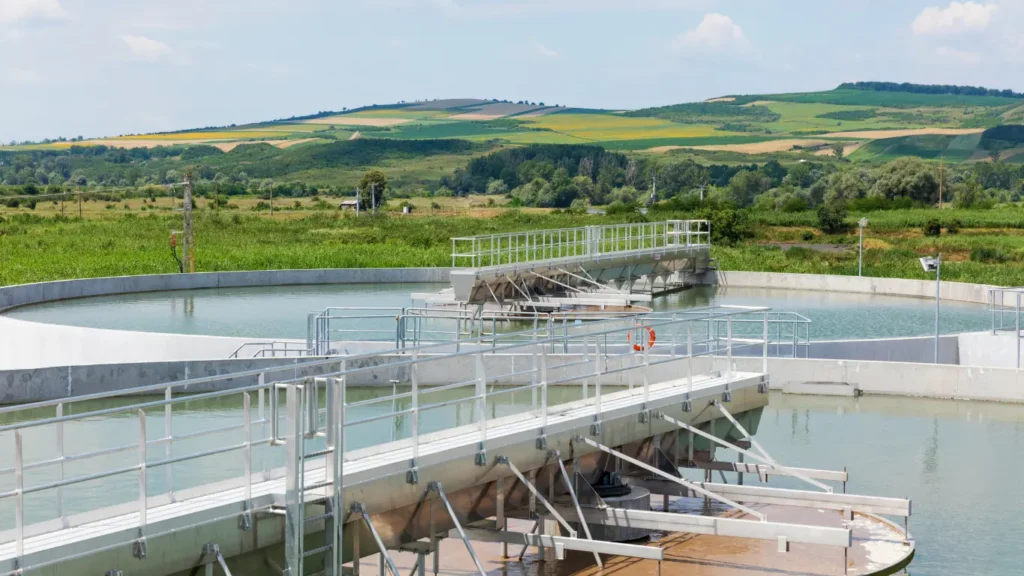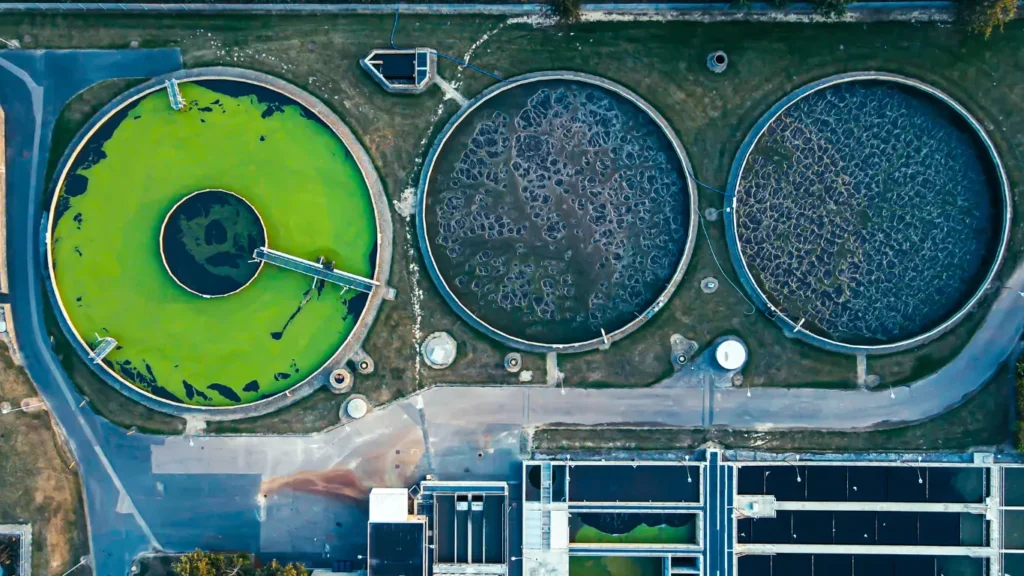Zero Liquid Discharge (ZLD) technologies have gained prominence across industries, particularly those with high wastewater discharge volumes, due to stringent environmental regulations and increasing sustainability demands. ZLD systems aim to eliminate liquid waste discharge by recovering as much water as possible from industrial effluents, leaving behind solid residues for disposal. While ZLD offers significant environmental benefits by reducing water pollution and conserving freshwater resources, the energy-intensive nature of these technologies raises concerns about their broader environmental impact. To holistically assess the environmental footprint of ZLD technologies, Life Cycle Analysis (LCA) has emerged as a crucial tool for evaluating the trade-offs between water recovery, energy consumption, and emissions.
Overview of ZLD Technologies and Their Energy Demands

ZLD systems employ a variety of treatment technologies that work in conjunction to achieve complete water recovery. These technologies typically include pre-treatment steps such as filtration and softening, followed by concentration processes using reverse osmosis (RO) membranes and thermal methods like evaporators and crystallizers. The final stage often involves drying or solidification of the brine to produce solid waste. Among these, the thermal processes, which rely on high temperatures to evaporate and condense water, are particularly energy-intensive, contributing significantly to the overall environmental impact of ZLD systems.
The energy requirements for ZLD processes can vary depending on the specific industrial application, wastewater composition, and treatment technology used. For example, chemical manufacturing facilities tend to generate effluents with high salt concentrations, which require more energy for complete desalination and concentration. Thermal ZLD processes, such as mechanical vapor recompression (MVR) and multi-effect evaporator (MEE), demand significant amounts of energy to evaporate water, often leading to substantial greenhouse gas emissions and increased operational costs.
Connect With Us To Explore Customized ZLD Technology Solutions!
Life Cycle Analysis (LCA) as a Tool for Environmental Assessment
Life Cycle Analysis (LCA) is a systematic methodology used to evaluate the environmental impacts associated with all stages of a product or technology’s life cycle. For ZLD technologies, an LCA assesses the environmental burden from the extraction of raw materials, manufacturing and installation of the ZLD equipment, operation and maintenance of the system, and the final disposal of waste. The primary focus areas in the LCA of energy-intensive ZLD systems include energy consumption, greenhouse gas (GHG) emissions, water usage, and the generation of waste and byproducts.
By conducting an LCA, stakeholders can gain insights into the overall sustainability of ZLD technologies, identifying key areas where improvements can be made to minimize the environmental impact. This holistic approach helps balance the benefits of water recovery against the potential negative impacts associated with energy usage and emissions. In the context of ZLD, the trade-off between water conservation and energy consumption becomes a critical factor in determining the overall environmental viability of the technology.
Energy Consumption and Its Environmental Impact
The energy consumption of ZLD systems is one of the most significant contributors to the environmental footprint. Thermal processes commonly used in ZLD require vast amounts of energy to heat wastewater and evaporate water. The energy demand of these processes is typically met by burning fossil fuels, which releases GHGs such as carbon dioxide (CO₂) and methane (CH₄). The environmental impact of these emissions can be substantial, particularly in industries that operate large-scale ZLD systems continuously.
To quantify the energy-related environmental impacts of ZLD technologies, an LCA typically focuses on metrics such as global warming potential (GWP), acidification potential, and photochemical ozone creation potential (POCP). These metrics assess the extent to which ZLD technologies contribute to climate change, acid rain, and smog formation. For example, the GWP of a ZLD system reflects the cumulative greenhouse gas emissions over the entire life cycle, from the production of the energy used in thermal processes to the disposal of solid residues.
Efforts to reduce the energy intensity of ZLD technologies are underway, with innovations such as mechanical vapor recompression (MVR) offering a more energy-efficient alternative to conventional evaporators. Despite these advancements, the energy footprint of ZLD remains a key challenge, particularly in regions with limited renewable energy sources.
Contact Us To See How LCA Can Optimize Your Water Recovery!
Water Footprint and Resource Depletion

While ZLD technologies are designed to recover water from industrial effluents, their water footprint extends beyond the recovery process. An LCA can reveal the indirect water usage associated with the production and operation of ZLD systems, including the water required for energy generation and equipment manufacturing. For instance, thermal power plants that supply electricity to ZLD systems typically consume large amounts of water for cooling purposes, further contributing to the water footprint of ZLD.
The extraction and processing of raw materials for constructing ZLD equipment, such as stainless steel for evaporators and membranes for filtration systems, also require significant water inputs. These indirect water demands can offset the water-saving benefits of ZLD systems, particularly in regions experiencing water scarcity. Therefore, a comprehensive LCA must account for both the direct water recovery achieved by ZLD technologies and the indirect water consumption throughout the system’s life cycle.
Maximize Your Water Recovery—Contact Us Today!
Emissions and Waste Generation
In addition to energy consumption, ZLD technologies can generate various emissions and waste byproducts that contribute to their overall environmental impact. The solid residues produced during the final crystallization or drying stages of ZLD processes often contain concentrated salts, heavy metals, and other hazardous substances that require careful disposal. Improper handling or disposal of these residues can lead to soil and water contamination, undermining the environmental benefits of ZLD systems.
An LCA examines the environmental burden of waste generation by quantifying the potential for soil and water contamination through metrics such as eutrophication potential and ecotoxicity potential. Eutrophication occurs when excess nutrients, such as phosphates or nitrates, are released into water bodies, leading to algal blooms and oxygen depletion. Ecotoxicity, on the other hand, assesses the potential for chemical contaminants to harm aquatic and terrestrial ecosystems.
Additionally, the use of chemicals in pre-treatment stages, such as coagulants and antiscalants, can introduce pollutants into the wastewater stream. These chemicals may persist in the environment if not properly managed, further contributing to the environmental impact of ZLD technologies.
By understanding the environmental trade-offs associated with ZLD systems, industries can make more informed decisions about how to design, operate, and optimize these technologies to achieve a balance between water recovery and environmental sustainability. Through innovations in energy efficiency, renewable energy integration, and sustainable material development, the environmental impact of ZLD technologies can be mitigated, paving the way for a cleaner and more sustainable future in wastewater management.
